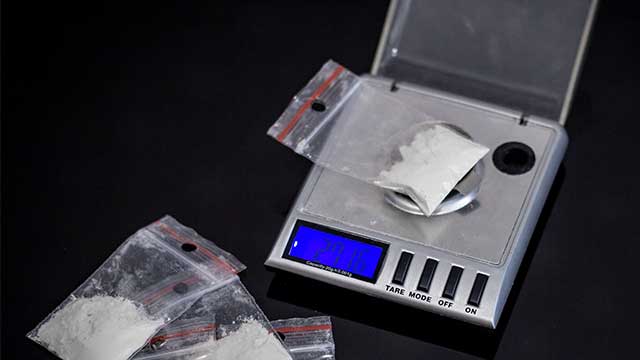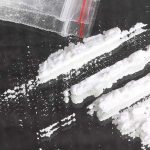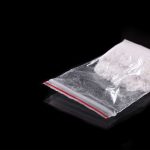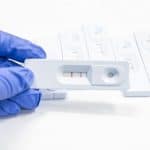Methamphetamine (also called meth or crystal meth) is a stimulant drug. It’s chemically similar to amphetamine (Adderall), though it’s much more powerful. It’s made with a variety of ingredients, including ephedrine, pseudoephedrine, lithium, and anhydrous ammonia.
Like other street drugs, meth is sold in various measurements. One of the most common measurements is called a “teener of meth.”
What Is A Teener Of Meth?
According to law enforcement officials, a teener of meth is a slang term that refers to one-sixteenth of an ounce of meth (or 1.75 grams). The name comes from the “teenth” in “sixteenth.” Other names for a teener of meth include “teenager” and “T-shirt.”
Many people with meth addiction use a teener or more per day.
How Much Does A Teener Of Meth Cost?
A teener of meth is usually sold in a small baggie. It can cost anywhere between $60 and $120. The exact price depends on factors like quality and location. In general, a teener from a high-quality batch of meth will cost more than a teener from a lower-quality batch.
Also, the street price of meth tends to drop the closer you live to Mexico. That’s because most meth in the United States comes from Mexican drug cartels. In other words, areas near Mexico typically have higher supplies of meth, which can lead to lower prices.
Other common measurements of meth and their average street prices include:
- a quarter gram of meth (also called a “quarter”): $5 to $80
- a half gram of meth (also called a “half”): $15 to $80
- one eighth of an ounce of meth (also called an “eightball”): $100 to $250
- one ounce of meth (also called an “ounce”): $700 to $1500
Dangers Of Meth
No matter the measurement, meth poses severe short-term and long-term dangers.
The most common short-term side effects of methamphetamine use include:
- increased blood pressure and body temperature
- nausea
- loss of appetite
- trouble sleeping
- faster breathing
- irregular heartbeat
- anxiety
- irritability
- aggression
Psychosis
The drug may also cause psychosis. Psychosis is a temporary loss of connection with reality. It usually involves paranoia (irrational distrust of others), delusions (beliefs that conflict with reality), and hallucinations (sounds, images, or sensations that aren’t really there).
Many meth users hallucinate that bugs are crawling on or under their skin, which can lead to excessive scratching.
Overdose
In addition, like other illicit drugs, meth can cause a fatal overdose, especially if you take high doses or mix it with other drugs. Common signs of a meth overdose include:
- chest pain
- changes in blood pressure
- changes in heart rate
- trouble breathing
- abnormally high body temperature
- psychosis
- seizures
If you or someone you know experiences these symptoms, call 911 right away.
Long-Term Health Risks
People who use meth face a variety of long-term health risks, including:
- high blood pressure, which can lead to heart attack or stroke
- damage to the liver, kidneys, or lungs
- permanent damage to the heart or brain
- long-lasting symptoms of psychosis, including paranoia, hallucinations, and delusions
- severe anxiety
- confusion
- trouble sleeping
- severe tooth decay
- premature osteoporosis
Meth Addiction
The United States Drug Enforcement Administration (DEA) classifies meth as a Schedule II controlled substance. That means it poses a high risk of addiction. Meth addiction is a serious disease that makes you feel unable to stop using the drug.
The most common symptoms of meth addiction are tolerance and physical dependence.
Tolerance means that over time, your body gets used to the effects of meth. You will then need increasingly larger doses to feel the desired effects.
Physical dependence means your body starts relying on meth to function. If you stop using it, you may experience withdrawal symptoms such as:
- anxiety
- irritability
- fatigue
- chills
- trouble thinking clearly
- depression
Along with tolerance and physical dependence, other symptoms of meth addiction may include:
- mood swings
- irritability
- isolation
- loss of interest in activities once enjoyed
- loss of motivation
Meth Addiction Treatment
If you or someone you know shows signs of meth abuse or addiction, seek help at a substance abuse treatment program. Available on an inpatient or outpatient basis, these programs offer services such as:
- medical detox, in which doctors help you stop using meth with minimal withdrawal symptoms
- mental health counseling, in which a therapist helps you manage meth cravings and other mental health concerns
- support groups, in which you can connect with other people recovering from meth use
To learn more about meth addiction treatment options, please contact Northeast Addictions Treatment Center. Our compassionate healthcare providers offer personalized, evidence-based care to help you or your loved one thrive.
Keep Reading:
- Shooting Up Errors
- What Is Tweaking?
- Cocaine Vs. Meth
- Pros & Cons Of The Decriminalization Of Drugs
- The Growing Meth Problem In Massachusetts
- The Most Dangerous Drugs In The World
- 10 Signs Of Meth Addiction
Sources:
Drug Enforcement Administration — Methamphetamine
National Library of Medicine: MedlinePlus — Methamphetamine
Substance Abuse and Mental Health Services Administration — Know the Risks of Meth


















